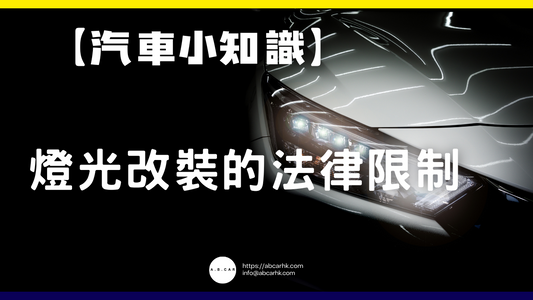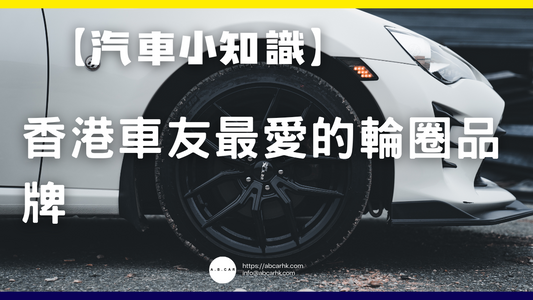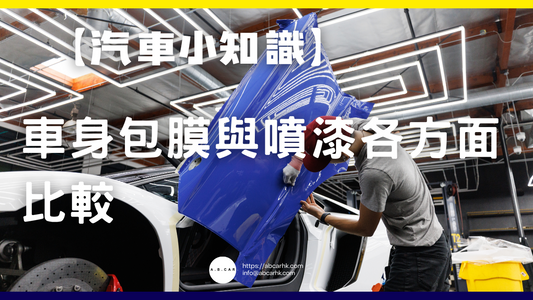Sparkling Wine/Champagne | Editor: Mark Ma

Sparkling Wine (Champagne) Introduction | Hong Kong Editor's In-Depth Explanation
Sparkling wine is a must-have for gatherings, celebrations, banquets, and romantic occasions, perfect for birthdays, weddings, New Year's Eve countdowns, promotional events, girls' parties, and even afternoon tea. Champagne is just one of the "kings" of sparkling wines; there are many other options, including Prosecco, Cava, and Moscato. Hong Kong has seen a surge in sparkling wine enthusiasm in recent years, with a wide variety of affordable, high-quality options for everyone to choose from. This time, in minimal, authentic language, we'll explain the origins of sparkling wine and champagne, including their production methods, global styles, classic brands, tips, and recommendations. Enjoy a refreshing drink while gaining a knowledgeable eye! 🍾🥂🎉
What is sparkling wine? What’s the difference between Champagne and Sparkling Wine?
-
Sparkling wine refers to all wines that contain carbon dioxide, have a "pop" sound when taken to the mouth, and have dense bubbles, including French Champagne, Italian Prosecco, Spanish Cava, German Sekt, etc.
-
Champagne is only produced in the Champagne region of France. It is made using the traditional method of secondary fermentation in the bottle. It has extremely fine bubbles and a long aftertaste, making it the designated first choice for high-end celebrations around the world.
-
Wines from other countries that are not produced in the Champagne region can only be called Sparkling Wine even if the production method is the same.
Main sparkling wine types and characteristics
-
Champagne
Hailing from the Champagne region of France, this wine is typically made from Chardonnay, Pinot Noir, and Pinot Meunier grapes. It undergoes a secondary fermentation in the bottle, resulting in extremely fine bubbles and a dense, bready, and nutty aroma. Classic examples include Moët & Chandon, Veuve Clicquot, Perrier-Jouët, and Louis Roederer. -
Italian Prosecco
Produced in the Veneto region, it is mainly made of Glera grapes and mainly uses secondary fermentation in tanks (larger bubbles). It is rich in fruity aroma and affordable, making it suitable for everyday drinking or party drinking. -
Spanish Cava
It is mainly produced in Catalonia and is fermented twice using traditional methods. It has a fruity and mineral flavor and a very high CP value, making it an affordable choice in supermarkets. -
Sweet sparkling wines (such as Moscato d'Asti)
Low in alcohol, with prominent floral and fruity flavors and a high sweetness, it is a perfect match for girls' gatherings. -
Sparkling Rosé
The color is dreamy, the fruity aroma is combined with acidity, and it is suitable for both appetizers and BBQs.
Key points of sparkling wine brewing
-
It is mainly divided into traditional method (natural secondary fermentation in the bottle), tank method (Charmat) and carbonation method.
-
Exquisite sparkling wine is made using the traditional method. The fermentation process produces complex aromas and fine bubbles, retaining the most grape flavor and layers.
-
The alcohol content is generally between 11-13%, with Moscato being on the lower side.
Best occasions for drinking champagne/sparkling wine and food pairings
-
It is very suitable for gatherings, parties, ceremonial moments, appetizers/accompaniment to meals, and even afternoon tea and girls' high tea.
-
It can be paired with seafood, fried food, sushi, oysters, raw ham, and cheese to enhance the flavor and taste.
-
The pink or slightly sweet ones are especially chill when paired with desserts, cakes, and berry salads.
Hong Kong Popular Recommendations & Classic Brands
-
Champagne: Moët & Chandon, Veuve Clicquot (Yellow Label), Perrier-Jouët, Bollinger, Louis Roederer
-
Italian Prosecco: Zonin, Bellavista, Villa Sandi
-
Spanish Cava: Freixenet, Codorníu
-
Moscato sparkling wine: Bottega Gold, Jacob's Creek Moscato, Santa Margherita Sparkling Rosé
-
Niche brands have emerged in recent years: Barefoot Bubbly, Lanson Champagne, Lo Sparviere Franciacorta
Drinking Tips & Knowledge
-
Recommended serving temperature: 6-10°C, the colder the better.
-
Champagne flutes and high-heeled glasses enhance the beauty of the bubbles and help preserve the aroma.
-
When opening the bottle, remember to "cover the cork with a rag and open it slowly" to avoid excessive bubbles.
-
Champagne is easy to drink and can be enjoyed slowly with snacks, canapés or desserts at parties.
-
Opening sparkling wine is the most festive occasion when guests visit, Valentine's Day, promotion, birthday, anniversary, or New Year's Eve!
Editor's summary💡
Sparkling wine and champagne bring joy, their bubbles symbolizing festive cheer and good times. Life in Hong Kong is incredibly busy, so popping a bottle of Chill Sparkling Wine during a small get-together can inject some bubbly joy into your life! Whether it's a casual get-together or a special occasion, a chill lunch and a glass of Sparkling Wine are a must. Cheers! 🍾🥂💫
| project | Champagne | Prosecco | Cava |
|---|---|---|---|
| Origin | Champagne region of France | Veneto, Italy | Catalunya, Spain |
| Main grape varieties | Chardonnay, Pinot Noir, Pinot Meunier | Glera | Macabeo, Xarel-lo, Parellada, etc. |
| Brewing method | Traditional method (secondary fermentation in bottle) | Charmat method (secondary fermentation in tanks) | Traditional method (secondary fermentation in bottle) |
| Bubble Features | Delicate, dense and long-lasting | Larger and more lively, with moderate persistence | Delicate and structured, but usually a bit coarser than Champagne |
| Flavor and taste | yeast, baking, nuts, apple, lemon | Apple, pear, peach, floral, light and sweet | Green apple, lemon peel, light baking, bright fruity aroma |
| Aging time | Minimum 15 months (non-vintage), 3 years (vintage champagne) | Usually very short, 1-2 months | Minimum 9 months, Reserva 15-18 months, Gran Reserva 30 months+ |
| Price positioning | High (Luxury Boutique Route) | Affordable (easy to get and affordable) | Medium to low price, high CP value |
| Suitable for occasions | Celebrations, formal banquets, high-end occasions | Daily life, party, brunch | Parties, dinners, small celebrations |
| Other supplements | The law requires that wines produced in the Champagne region be called "Champagne" | The world's best-selling sparkling wine | Known as "affordable champagne," it has its own unique style. |



